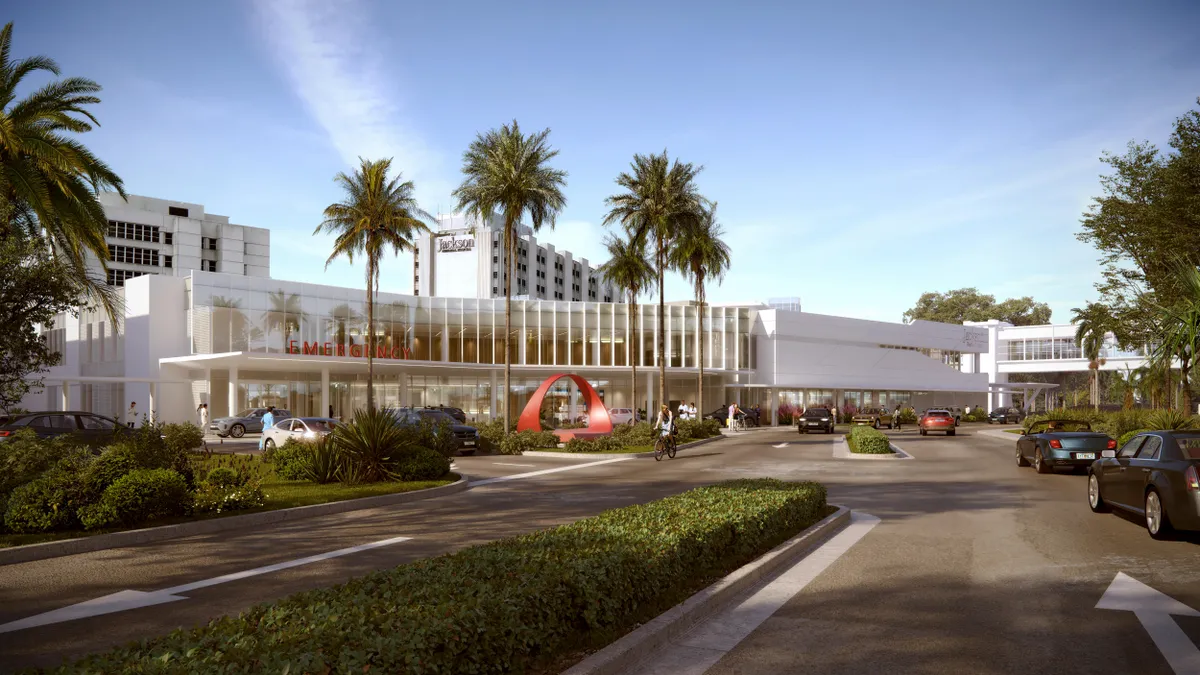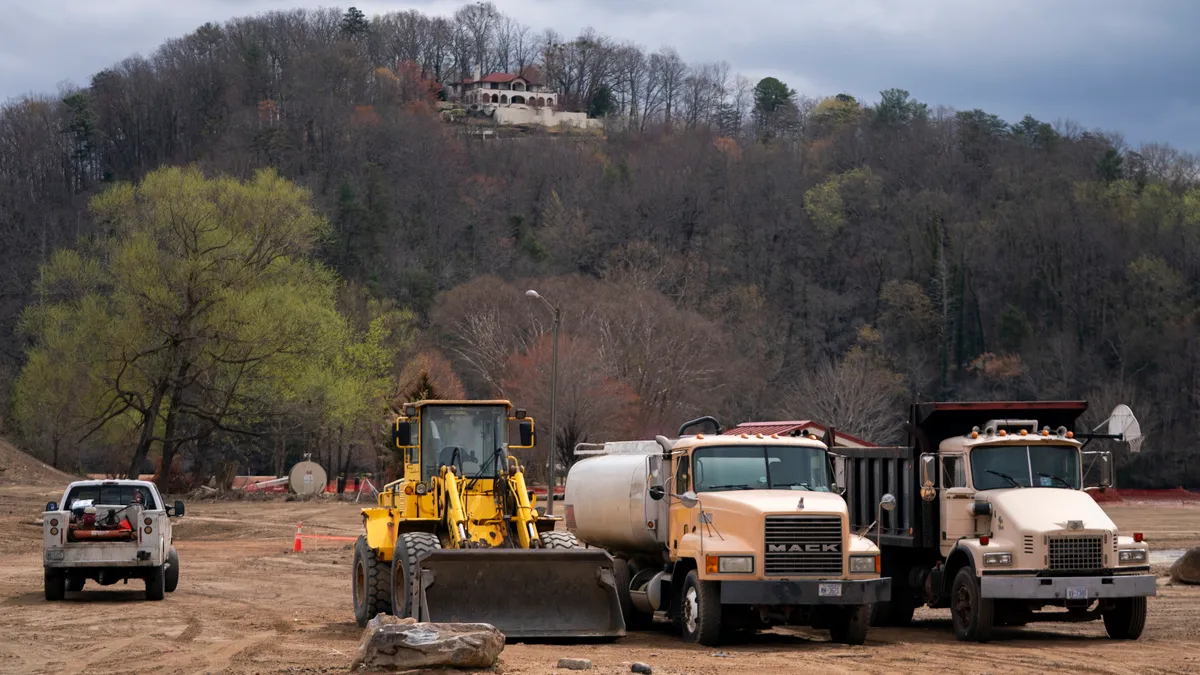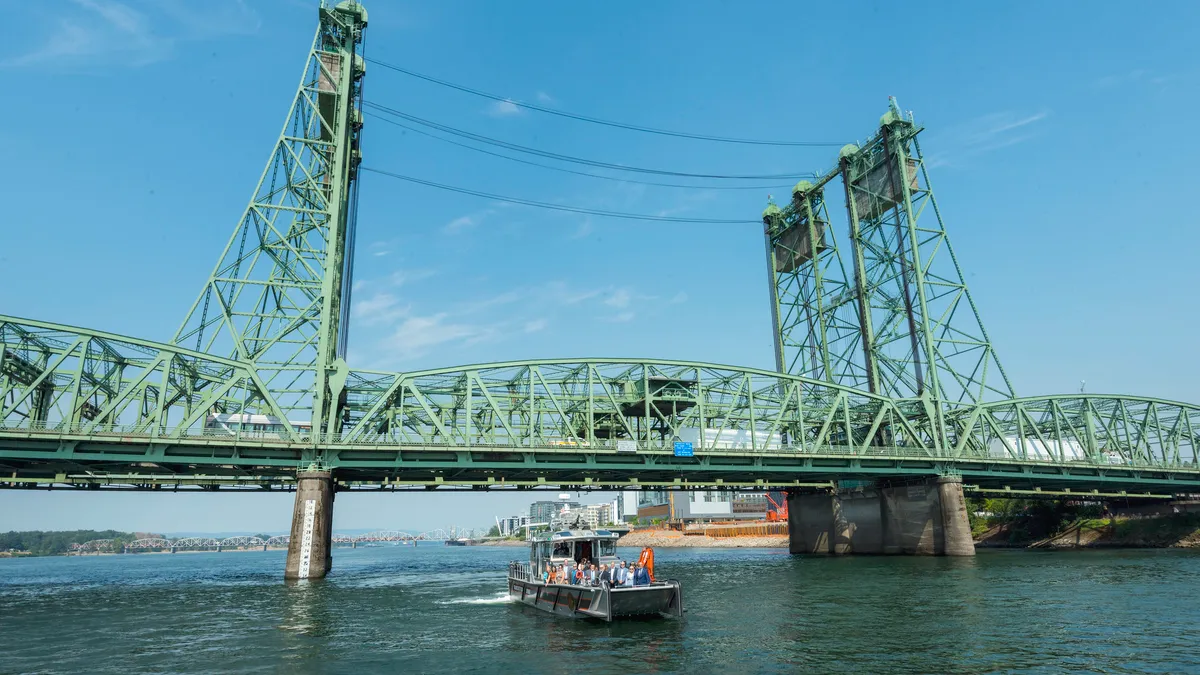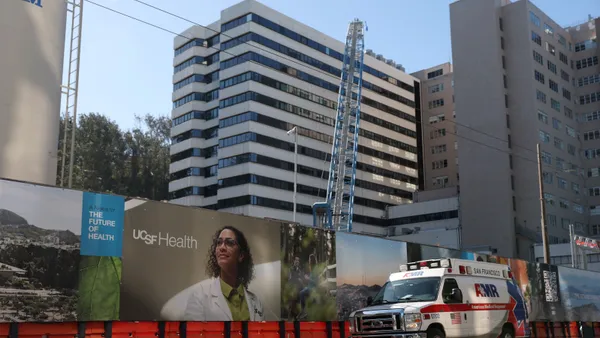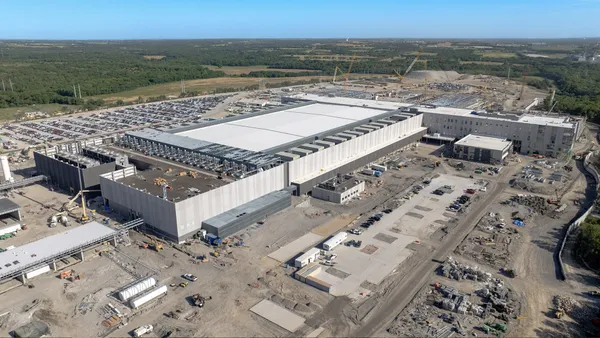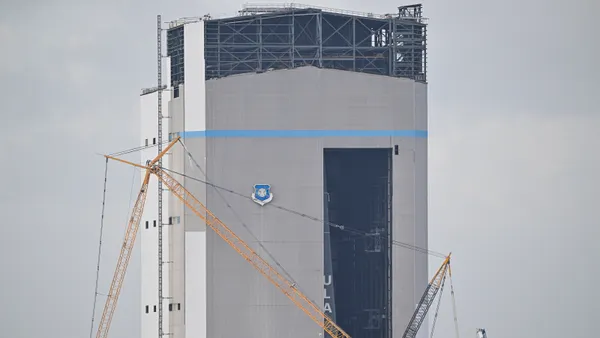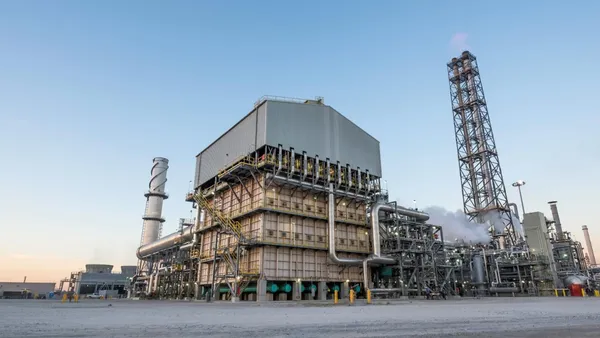Sweden-based builder and developer Skanska reported a record-high backlog as its construction division continued to see strong demand, particularly in infrastructure, data centers and public projects.
“We are well positioned when it comes to [data centers,] especially in the U.S., where we see the strongest activity,” said Skanska CEO Anders Danielsson during the company’s earnings call Friday. “There are multiple clients, repeat clients, that want to build out.”
Danielsson added that other growth sectors within Skanska’s portfolio include traditional infrastructure, schools, hospitals and airports. These sectors have remained core areas for Skanska in the U.S., particularly as public sector funding supports these types of projects.
“We are strong in other segments as well. We’re in more traditional infrastructure, for example, roads, railways and so on,” said Danielsson during the call. “We are also strong when it comes to schools, hospitals, university, airports. So, we are in the right places.”
The company’s total order backlog reached 285 billion crowns ($26 billion), a 24.1% increase from 229.6 billion crowns a year ago, according to the earnings report. That represents about 20 months worth of production, according to the release.
Revenue for the fourth quarter climbed to 50.6 billion crowns, a 20% increase year over year when adjusted for currency fluctuations, according to the report. For the full year, revenue reached 177.2 billion crowns, up 13% when adjusted for exchange rates.

“We have larger projects in the U.S.,” said Danielsson during the call. “The market continues to be strong, definitely.”
An analyst asked whether Skanska had experienced any disruptions in federal project payments or if the company anticipated that future government contracts might become less favorable for private firms under the new administration. Danielsson responded Skanska has not seen any issues with its U.S. public sector work.
“We have a very stable operation. We have good contracts with repeat clients in the U.S. on the public side,” said Danielsson. “We don’t see any trend downwards when it comes to the pipeline, either. It continues to be strong and stable.”
High interest rates
While overall construction activity remains strong, Danielsson noted U.S. commercial property development is lagging other parts of the world due to the high interest rate environment.
“For commercial property development, we see transaction market is coming back somewhat in Europe. Could see our divestment there lagging a bit in the U.S. due to the interest rate situation there,” said Danielsson. “But the leasing market is stable in Europe and also improving in the U.S., so that’s encouraging.”
Companies bringing employees back to the office full-time have contributed to some improvement, but demand remains mixed in that sector.
“It is a polarized market,” said Danielsson. “Flight to quality is really clear and that’s exactly what the type of product we can offer the market. That’s beneficial for us.”
To diversify beyond office buildings, Skanska is looking to expand its work in life sciences and multifamily rental property construction in the U.S. as well, said Danielsson.
“In the commercial development operation, we continue to believe in the office market long term,” said Danielsson during the call. “But we also have said that we will try to diversify the portfolio. We are looking into life science, for example, in parts of the U.S. We also have started residential for rental use, that’s also a good market.”



